Mysuru: Extensive damage has been caused to the world-famous Ranganathittu Bird Sanctuary near Srirangapatna by the heavy water release from the Krishna Raja Sagar (KRS) Dam. The crest gates are regularly being opened since the second week of July as the capacity of the dam has reached its brim following heavy rain in Kodagu.
The Ranganathittu Bird Sanctuary is one of the most popular tourist spots in the State and is rated as among the best in the country. The bird sanctuary, spread over 34 islands, attracts thousands of migratory birds (more than 200 species), including the rarest of the rare birds every year.
On an average, over 60,000 to 75,000 cusecs of water was being released from the dam on a day-to-day basis and this turbulence has submerged the bird-populated islands of Ranganathittu. The islands were submerged between July 14 and 30.
Hundreds of birds, hatchlings, nests and other shelter places have been washed away. The islands were covered with gushing waters and entry of tourists was banned with boating activities suspended.
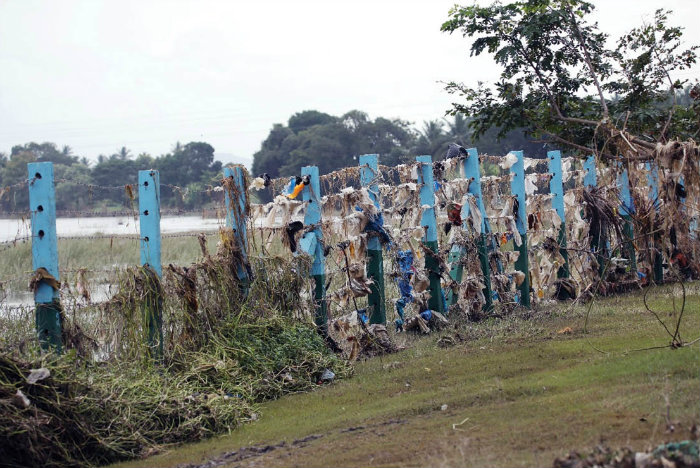
Yesterday, a team of officers from the Forest Department visited Ranganathittu islands to assess the damage. The team visited Melapura Bee Eaters Reserve under Mysuru Wildlife Range and Ranganathittu Bird Sanctuary and conducted flood loss assessment studies. The team was led by DCF of Mysuru Wildlife Division Siddaramappa Chalakapure and RFO Ananya Kumar. They were accompanied by senior ornithologists.
The flood loss assessment survey team examined the shelter trees and observed that plants and small trees in the islands were uprooted and sand bags kept on the banks of islands to prevent soil erosion washed away. The swollen river also took away truckloads of mud from the islands, the team observed.
The concrete pillar barricades that were erected on the banks have been uprooted and the iron mesh railings have captured tonnes of plastic waste (see pic.) flowing along the river course. “We have studied the trees and listed out the extent of damage and compared the data with the data that had been taken at Ranganathittu during the bird census conducted last time. The data will be compared and only then we can assess the number of birds and hatchlings that have been washed away. We are also suggesting remedial measures,” Siddaramappa told Star of Mysore this morning.
The team underlined the urgent need for revamping the Bird Sanctuary by planting saplings, installing sand bags to prevent soil erosion. They also felt the need of improving the thickness of layers or mud in the islands. A report will be prepared and submitted to the State government to formulate a plan, he added.
MAN-MADE DISASTER
Commenting on the plan by the Forest Department on revamping Ranganathittu islands, Mysuru-based Ethologist Ragoo Rao has termed the destruction as ‘man-made disaster’.
“The department cannot do much here. If at all they want to save birds, they need to regulate the flow of water from the KRS and create a separate bypass channel exclusively for the water release,” he opined.
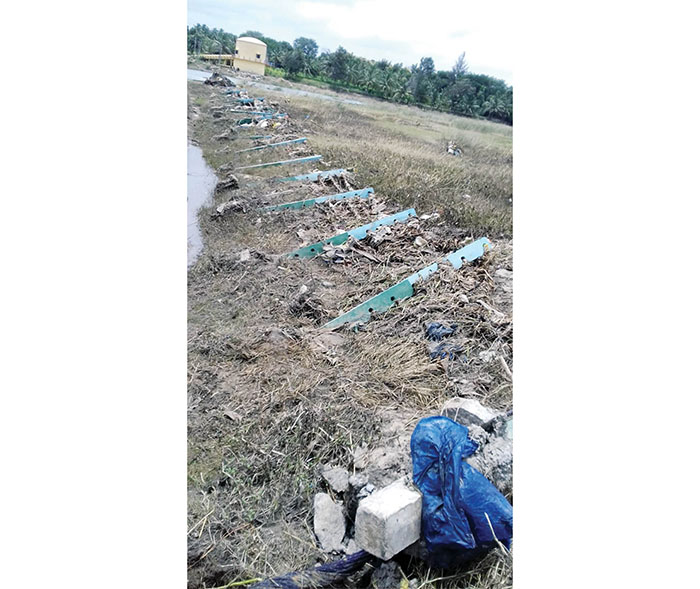
Pillars erected along the river banks washed ashore.
If one sees the flow of water to Ranganathittu, he can observe that water flows through two streams. One of the streams after the sanctuary must be used to channelise KRS water, he said.
“Birds have selected Ranganathittu islands for breeding and the phenomenon continues till Ramanathapuram in Tamil Nadu. Ranganathittu is famous for its Herons. Actually, the birds are programmed for natural water flow and they are not accustomed to unscheduled water release from the dams like it happened here. The authorities should have thought about the birds before releasing water and water should have been released in a controlled manner, instead of releasing it in full force,” he added.



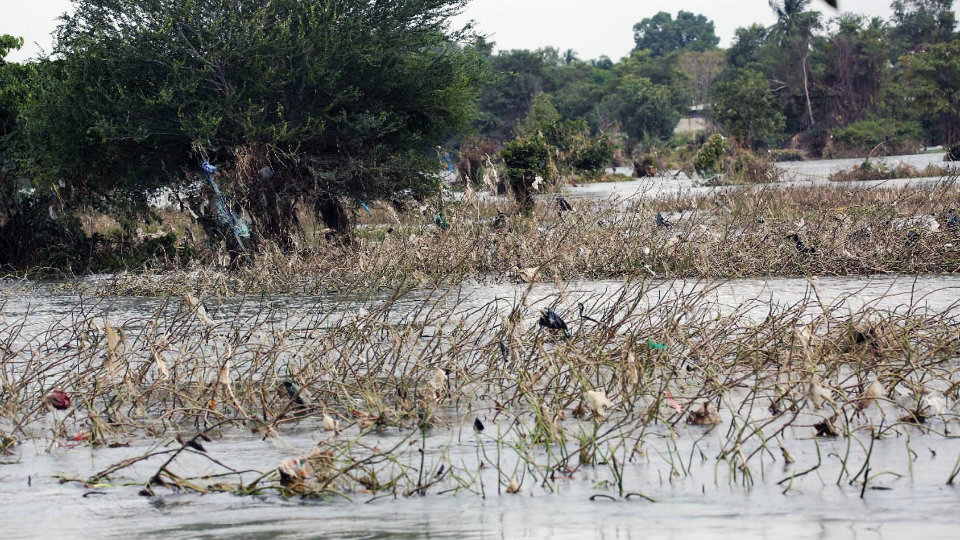
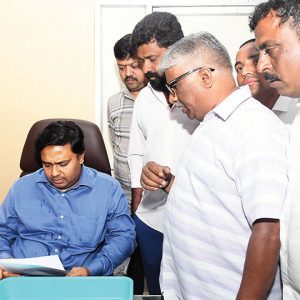
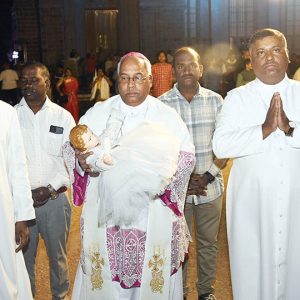

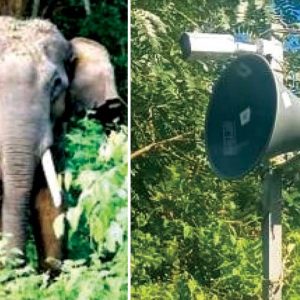
Recent Comments